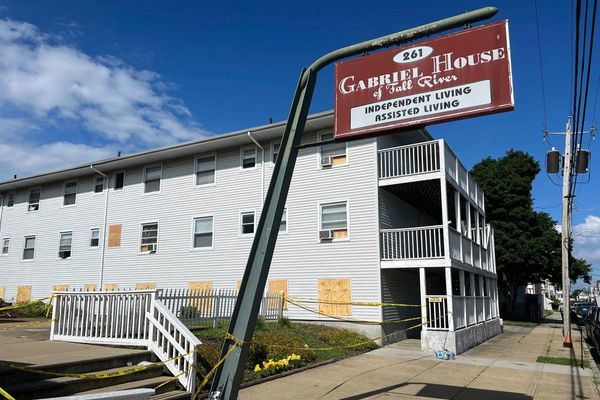
Many households face another $144 mortgage hike in September, with the Reserve Bank expected to announce a fifth rise in interest rates since May in an effort to curb inflation.
The RBA is forecast to raise its cash rate target 0.50 percentage points to 2.35 per cent next Tuesday, in what economists say will be a turning point for the central bank’s battle to control inflation.
That’s because interest rates are moving into an anticipated ‘Goldilocks’ zone, signalling the end of the first phase of the RBA’s strategy.
From there, the RBA is expected to review how the cumulative $614 increase to a typical monthly mortgage bill this year has changed consumer spending.
It means households can expect lower interest rate rises – or even a few months where mortgage bills don’t rise at all – heading into Christmas.
“A lot of supply-driven inflation is cooling, and [the RBA] has done an awful lot already to help quell demand-driven inflation,” BIS Oxford senior economist Sean Langcake said.
“We’re predicting a 50 [percentage point] rise in September and then really just one more 25 [percentage point] rise at some point in the [December] quarter.”
Move into ‘neutral zone’
A 0.50 percentage point rate increase in September will raise monthly mortgage repayments by $144 for those paying down a typical $500,000 loan on a 25-year term (including principal and interest).
It will be a turning point because this hike will push the target rate into what Westpac chief economist Bill Evans calls the “neutral zone”.
That’s the point at which interest rates are neither providing support for the economy nor working to subdue activity.
No one knows exactly what the neutral rate is, but economists estimate it is between 2 per cent (Westpac) and 2.5 per cent (the RBA).
Both those estimates sound reasonable, Mr Langcake said, noting the figures are important because the RBA wanted to reach neutral as soon as possible after inflation rose above its 2 to 3 per cent target band.
“It’s a bit of a Goldilocks spot where you’re not adding fuel to the fire, but aren’t taking logs out either,” he said.
The rate target is around this zone, so economists think the RBA will move to the next phase of its strategy to subdue rising prices.
Mr Evans predicts the RBA will move down to 25 percentage point hikes from here until February, which would bring its target to 3.35 per cent.
“At that point we expect that it will become evident that the Australian economy is clearly slowing with evidence of continuing deterioration as the series of rate hikes and high inflation weigh on households and business,” he said on Thursday.
Mr Langcake is more optimistic, stating the RBA will hold rates steady for two of the three months in the December quarter.
KPMG senior economist Sarah Hunter also said the RBA will slow rate hikes after September, but will continue increasing rates at a lower rate.
“Inflationary pressures are clearly still very elevated (in absolute terms and relative to the long historical record) and wages growth is now picking up,” Dr Hunter said.
“The RBA needs to cool the economy to contain these and keep inflation expectations anchored.”
Why the RBA will slow down
Dr Hunter said the RBA is mindful about the rate hikes it has already passed, and their effect on households.
It often takes several months for rate rises to be felt by households, according to Jarden economists’ analysis published this week.
“The key challenge for the RBA … will be to cool things enough to keep inflation expectations well anchored, but not too much that they precipitate a sharp downturn,” Dr Hunter said.
“Further rate rises are necessary from here, but each time the cash rate goes up we inevitably move closer to the point where the board will have to decide whether or not they’ve done enough to achieve the ‘Goldilocks’ outcome.”








